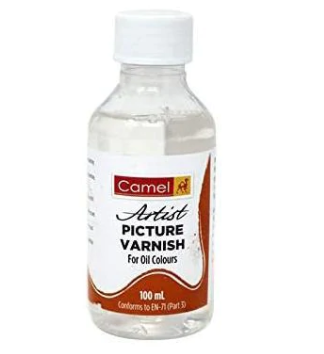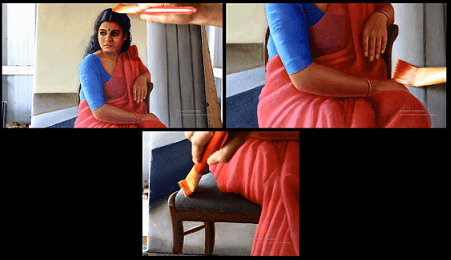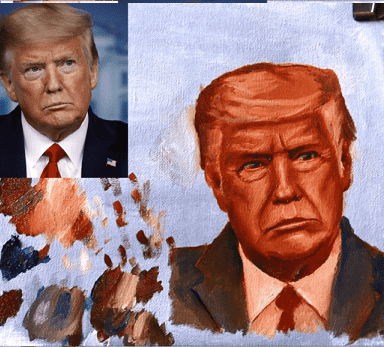Oil painting for beginners. If you are new to oil painting, this article will give you a clarity on how to start with an oil painting, what materials to use, the process of oil painting and how to preserve an oil painting. Also it will guide you on other aspects and misconceptions that you may have regarding oil painting.
An overview on the substrates | Oil painting for beginners
If you are new to oil painting and wondering what substrate to use, here are a few. The meaning of substrate is the surface on which you will be painting.
During the time of Old Masters, during the invent of oil painting, the substrate that was widely used was wood. I am not sure of what kind of wood, because right now this substrate has gone out of trend. But as far with wood, it has its own disadvantages such as mold formation, rotting, heaviness of the material and the crack/damage that may happen over time.

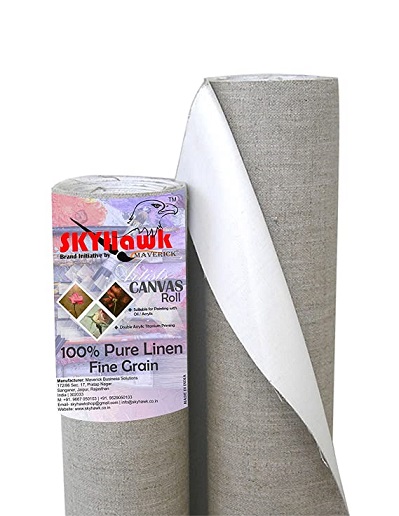
There are other substrates such as masonite and linen. Frankly I have not tried masonite so far, so I can not give you an insight on it. I have used linen and I did not like linen.
Why I prefer canvas over the other substrates | Oil painting for beginners
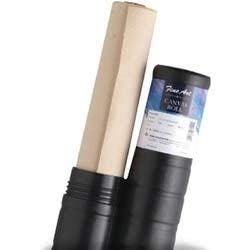
The whole purpose of choosing oil painting is the solid 2 – 3 hours that it blesses you with without drying, allowing you to create or do any kind of alteration. Once when you mix the paint and place it on the canvas, it will stay wet for a minimum 2 -3 hours allowing you to play with the colors and do any experiment you want with it. With the substrate linen what happens is that, the paint gets absorbed by the substrate so I am not a big fan of this substrate. I am more comfortable with canvas, it is easy to purchase, easy to stretch, easy to treat, easy to transport and once after the painting is done, it is easy to preserve the painting too.
Misconceptions of oil painting | Oil painting for beginners
1. Oil painting is expensive
Most people assume it is expensive, but the truth is if you purchase the materials in wholesale, it is going to be affordable and would last long. Let us say, you are purchasing an oil paint, 38ml, depending on the color and usage, it will last 1-2 years depending on the color and usage. If you purchase the canvas in roll, you can treat the canvas yourself. All the materials mentioned in this article will last for a minimum of 2 years from the day of usage, particularly for a beginner.
2. Difficult to learn
There is a popular opinion that oil is difficult to learn and handle but water is easy. If you had known the techniques of oil painting, you would not say that. With the techniques that are there, with the ease of the medium, it is easy to get a hang of the medium in no time. In fact water is difficult than oil. Water has a character and you have to respect that, understand the nature of it and you may have to paint accordingly. The truth is it is difficult to master the techniques of water medium.
3. Storage
It is very convenient to store oil painting, especially the one done on canvas. I roll my finished painting and keep it in my loft after it is completely dried and varnished. And to repair the painting is also not that difficult.
Oil painting and realism | Oil painting for beginners
For the techniques that are there in oil it is very easy to achieve realism in oil painting. There are techniques such as alla prima painting, glazing and scumbling.
Please go through the rest of the articles in this blog if you are new to oil painting.
Materials required for oil painting | Oil painting for beginners
1. Oil colors, oil paint
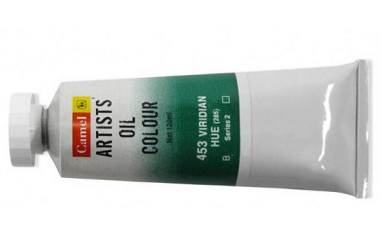
Since you are a beginner you do not have to be brand specific. Try a few colors, just pick a few of your own depending on the subject you want to try and get a few small tubes and it will do.
2. Linseed oil | Oil painting for beginners

This is the oil you will be using to dilute the paint. If you are using water color, you will be using water to dilute your paint. Here you will be using linseed oil in order to dilute and mix the colors. This article how to do an oil painting might help you.
3. Kerosene or Thinner
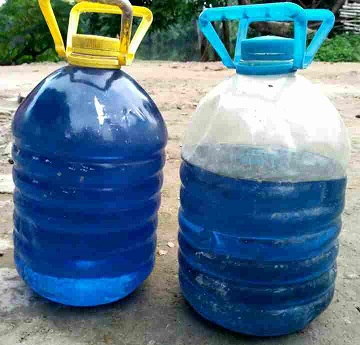
If your medium is water or acrylic, you can wash your brush in water. The colors that are struck in the brush can be rinsed off in water. If you are using oil color, you will have to wash your brush in kerosene or thinner. Thinner is slightly irritating to my nose, so I prefer kerosene over thinner. Kerosene is cheaper and also much easily available.
4. Flat brushes | Oil painting for beginners
This is the brush I prefer. I choose materials that are available in the nearest hardware shop. I trim the brushes to suit my preference. I like my brush with lengthy handles, reasonable thickness and reasonable width. Any local brush will do for me.
5. Canvas
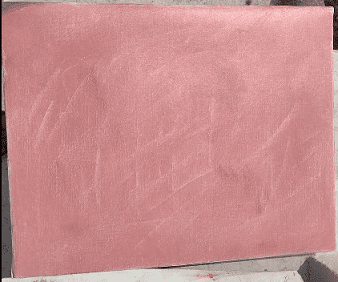
If you are a beginner you will only need a few meters of canvas. As a practice I purchase canvas in roll and cut them to fit my dimension. I create my own panel and stretch the canvas on my panel. The detailed process of how I cut and stretch my panel is explained in my course. Visual explanation is much easier than written explanation. Everything about canvas cutting, stretching and treatment is in this article preparing canvas for oil painting.
6. Primer | Oil painting for beginners
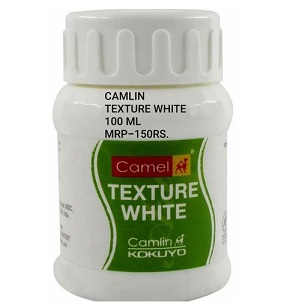
Primer is something that is used as the first coat on the canvas. I apply 2 coats of primer and then apply gesso in order to fill the pores on the canvas.
7. Gesso
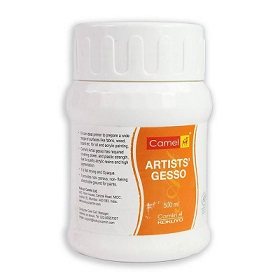
This is another item that is required for oil painting before you start with the painting. Gesso and primer are two items that are used for the treatment of canvas. I can understand how confusing it should be for you being a beginner. In my article, how to prepare canvas for oil painting I have explained the purpose of the materials and how to apply these materials to prepare/treat canvas.
8. Varnish an oil painting | Oil painting for beginners
